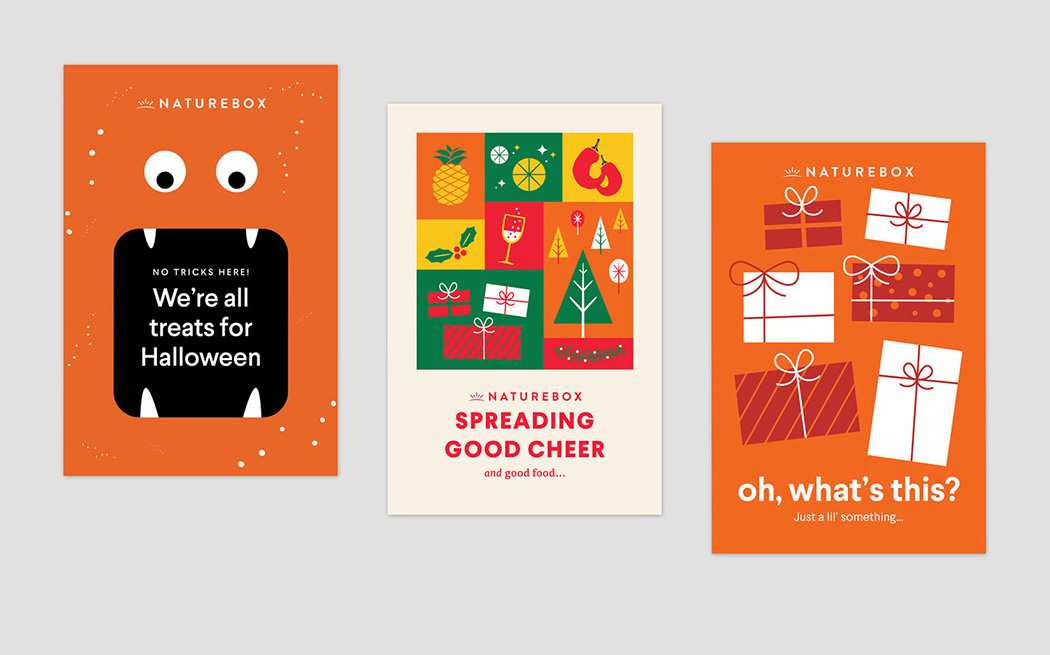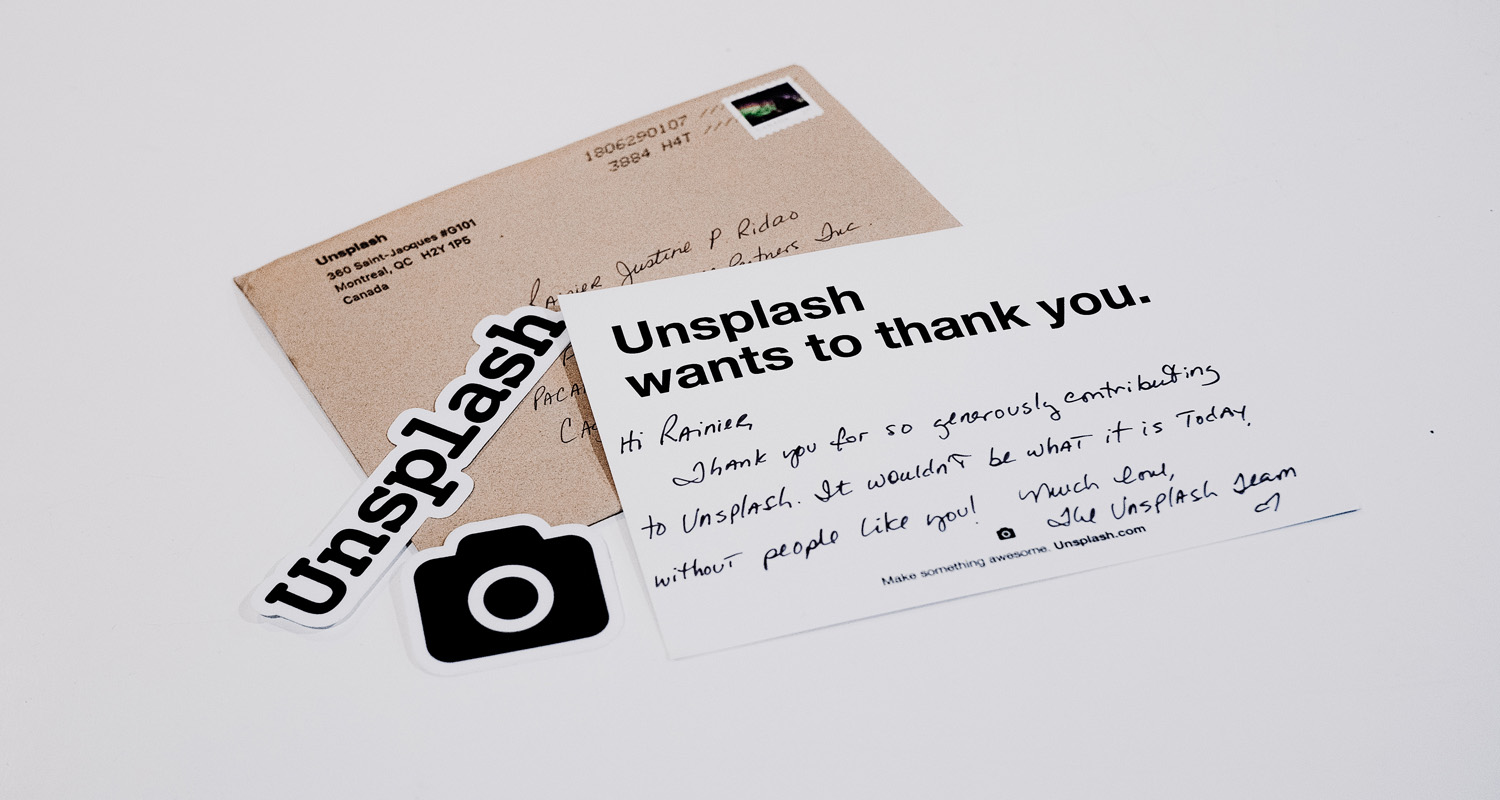As an ecommerce retailer it might not make sense to use print marketing strategies, considering your sales are generated online.
But being bombarded with intrusive pop-up advertising on a daily basis, many consumers have developed so-called banner blindness, making them immune to your online marketing efforts.
If you ignore traditional marketing, you might be missing out
Traditional or offline marketing strategies can help drive new traffic to your ecommerce business. In fact, a study conducted by iProspect shows that online shoppers’ buying decision is influenced by offline marketing tactics by up to 40%.
And 77% of millennials pay more attention to direct mail than online marketing.
While digital marketing is a cost-effective way to reach a wider audience, people are now considered multichannel consumers. They rely on different channels – from print catalogs to online coupons – before making a decision to purchase.
If you want to improve your sales, having both offline and online initiatives is important.
Winning with offline media
56% of consumers trust print marketing more than other ways of advertising. Even millennials who are believed to be the most digital-savvy generation, tend to ignore digital marketing.
Some printed materials have more impact on buying decision than online ads.
If you’re struggling with your marketing efforts, you might want to consider incorporating ecommerce offline marketing strategies.
Let’s take a look at some of them:
1. Produce a product catalog
We all love Ikea catalogs. We flip through, highlight the items we like and go online to shop. There’s no need to browse thousands of online pages or take a long ride to the store.
Convenience coupled with appealing product imagery creates a perfect opportunity for ecommerce brands to drive sales to their online store.
Men’s clothing brand Bonobos (originally an online-only retailer) added catalogs to its marketing mix in 2015. As a result, 20% of Bonobos’ first-time customers placed orders after seeing the catalog.
Those shoppers also spent 1.5 times longer than other visitors on the website. Since then, catalogs have become the driving force of Bonobos’ online sales.

Bonobos’ printed catalog
A printed catalog is convenient and appealing because of its magazine-like appearance. High-resolution visual assets can help you create an excellent customer experience.
A printed catalog can be expensive, especially for small businesses. If you’re not sure if this is a good fit for your right now, test the waters first. Start by printing a limited amount and target a specific audience before investing in printed catalogs.
You can then use unique identifiers to help you measure your ROI. Consider adding promo codes, emails, or phone numbers attached to your catalogs.
You can also supplement your catalogs with email marketing. This should help you create a multichannel marketing tactic for your business.
Just make sure you focus on creating a unique and personal customer experience. Use photos, designs, and text that your customers can relate to.
2. Send old school snail mail
According to the Direct Marketing Association’s response rate report, direct mail’s household response rate is 5.1% compared to 0.6% for email.
Carly Coleman, Director of Retention at NatureBox, took this opportunity to increase repeat orders. The company decided to send a postcard to customers who hadn’t bought anything in the past 30-90 days.
The postcard contained information on customers’ reward balance and a $10 off promo code. The results were amazing!

Sample postcards from NatureBox
NatureBox received a whopping 35% increase in orders per customer from those who received the postcards and nearly 60% increase in net revenue per customer when compared to customers who did not receive the offer.
If you’re looking for clever ways of improving repeat orders, try sending out colorful flyers featuring pictures of your best-selling items, unique promo codes and hot deals.
This affordable method will remind your existing customer base about the benefits they can get. To increase open rates, put your leaflets or pamphlets inside bright envelopes. No one can resist flashy colors.
3. Send a thank you card
Do you put thank you cards with your orders? If not, you should start doing it.
According to a study thanking people increases the likelihood of further actions by 100%.
A South African startup, Yuppiechef, puts a handwritten thank you notes with every new order. By doing so, Yuppiechef achieved 300% year on year growth, spending very little on marketing campaigns.

Yuppiechef sample of thank you card
Thank you cards can serve as a constant reminder of your brand, inciting people to check your store more frequently.
To create a compelling “Thank You” card, use only the best images and branded visual elements and add some handwritten text to personalize it.
4. Create a magazine
This option is probably the most time consuming but the most rewarding.
The good news, though, is you can always repurpose your online content and photographs to create interesting, industry-related print magazines.
If you have an online fashion store, you can talk about current fashion trends and create looks and mood boards using products featured on your website. People will want to google and recreate them.
Away, a luggage company started printing its own magazine after receiving customers’ requests for travel tips.
According to Jen Rubio, President and Chief Brand Officer at Away, the magazine is her best-case scenario for the brand.
We’ve got issues—six to be precise. Check out the latest copy of Here Magazine, featuring @dopequeenpheebs, now online and in print. And @theheremagazine is officially on Twitter, follow along for more travel information and inspiration!https://t.co/0XmnsUw39r pic.twitter.com/5aE11NGWX1
— Away (@away) October 24, 2018
It does not only guarantee Away high retention rates but creates new opportunities – other brands can buy ad space to be featured in the magazine.
Keep Experimenting
When it comes to your marketing efforts, don’t be afraid to try different tactics.
Step out of your comfort zone, and soon you will discover a new marketing channel that will improve your traffic and sales.
High quality product photos and content are always a good place to start. You can use it for landing pages, blog posts, reviews and your offline marketing campaigns.
The key to success is to find the right channels to share your brand content and help consumers make that decision to purchase.
Author Bio
The blog post was written by Aleksandra Vetrova, a marketing manager at Zenprint, an Australian printing service that offers companies of all sizes affordable printed materials.








